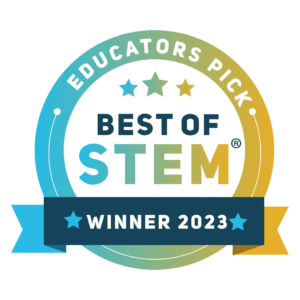Our Mission
Our team combines STEM academics with sports to help K-8 students develop skills that can be used for future jobs and real-life situations.
Our Vision
Get to Know STEM Sports®
At STEM Sports®, we believe the powerful combination of STEM and sports is the key to meaningful learning that can last a lifetime. We provide standardized, turnkey K through 8 curricula that use sports as the real-life application to drive STEM-based, hands-on learning in classrooms, after-school programs, camps, and at home across the globe.
What We Provide
Content for a minimum of 16 hours of instruction that includes some healthy, physical activity.
Turnkey kits come equipped with all of the relevant sports equipment along with the necessary science supplies.
Each curriculum has eight lessons aligned with Next Generation Science Standards (NGSS) and/or Common Core State Standards (CCSS) and/or National Standards for K-12 Physical Education.
Through our 5E lesson plans, students will develop 21st-century skills such as critical thinking, collaboration, creative problem solving, and leadership.
Each module has a list of STEM-based, sports-related jobs pertinent to the lesson concept
Differentiation: lessons for Kindergarten to 2nd graders, 3rd to 5th graders and lessons for 6th to 8th graders.
“Capstone” Project (6th to 8th) to commensurate student’s knowledge of each curriculum.
Client Testimonials
Why STEM?
Need Help or Have Questions?
If you have any questions or concerns please contact us and someone
from our support team will get back to you within 24 hours.


